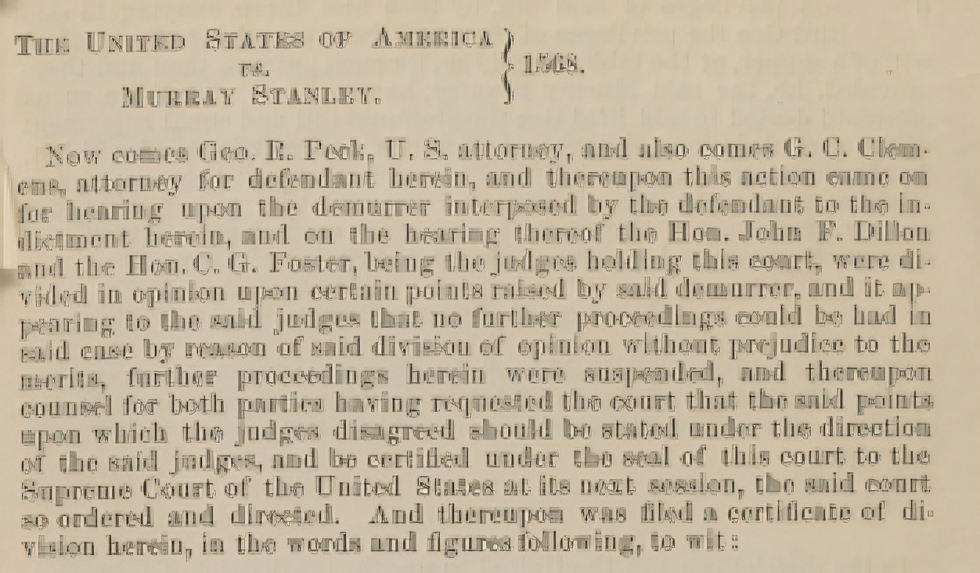
The Civil Rights Act of 1875, much like Title II of the Civil Rights Act of 1964, forbade both public and private acts of discrimination in public accommodations. The Supreme Court’s opinion in the group of five cases, known as the Civil Rights Cases of 1883, severely limited the reach of the Fourteenth Amendment. It held that the Fourteenth Amendment, Section V, allowed Congress to prohibit certain discriminatory action by state and local governments but could not prohibit acts of discrimination by private individuals and organizations.
The “Civil Rights Cases” of 1883 were a group of five consolidated cases decided by the Supreme Court of the United States. These cases collectively addressed the constitutionality of the Civil Rights Act of 1875, which had aimed to eliminate racial discrimination in public accommodations and transportation.
Here’s a summary of the key points:
- Background: The Civil Rights Act of 1875 was designed to guarantee equal treatment in public places, such as hotels, theaters, and railroads. However, this law faced challenges, particularly regarding its enforcement and constitutionality.
- The Cases: The five cases involved claims that individuals had been denied access to public accommodations based on race. The plaintiffs argued that the Civil Rights Act should protect them from such discrimination.
- Supreme Court Decision: The Supreme Court, in a decision written by Justice Joseph P. Bradley, ruled that the Civil Rights Act of 1875 was unconstitutional. The Court held that the 14th Amendment, which guarantees equal protection under the law, only applied to actions by state governments and not to private individuals or businesses.
- Significance: The ruling significantly undermined federal efforts to protect civil rights and allowed racial segregation to persist, as it removed the legal means for the federal government to combat discrimination in private businesses and public accommodations.
- Impact: The decision led to the establishment of “Jim Crow” laws and practices that enforced racial segregation, which persisted until the Civil Rights Movement of the 1960s brought about new legislative changes.
The “Civil Rights Cases” are often cited in discussions about the limitations of constitutional protections and the role of the federal government in enforcing civil rights.